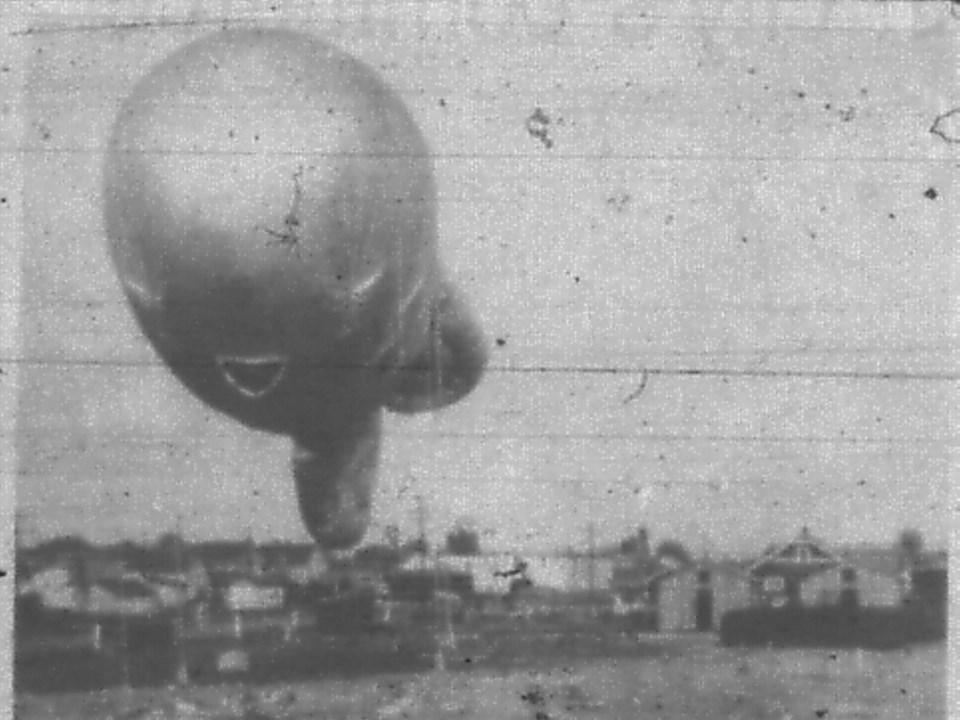From September 1939 until the end of World War II, Sault Ste. Marie was one of the most fortified positions in North America. Although the battlefields were thousands of miles across the ocean, the twin border cities were home to the world’s busiest shipping canal, a vital transportation system for the Allied Forces.
Between 1939 and 1945, more than half a billion tons of ore mined from Northern Michigan and Minnesota passed through the Sault locks for war production in blast furnaces and steel plants on the eastern coast. Meanwhile, millions of tons of Canadian grain were also carried down the St. Mary’s River and across the Great Lakes, destined for the Allied soldiers fighting on the Western Front.
When Britain had declared war on Germany on Sept. 3, 1939, approximately 125 armed soldiers began patrolling the city. A week later, on Sept. 10, Canada declared war.
Less than twenty-four hours later, Sault Ste. Marie and Sudbury Regiment troops were stationed at the locks, alongside American soldiers on the southern side of the river in Michigan. Their mission was simple yet paramount: defend the locks at all costs.
Both Canada and the United States feared that Germany would be brave enough to strike the border with an aerial assault, possibly using suicide bombers. If the locks were destroyed, military manufacturing plants would grind to a screeching halt for both North American nations.
Three 800-million candlepower searchlights were mounted on the American border. Powered by independent generators, the five-foot-tall beacons were effective at locating airplanes flying up to four miles high.
A 50-calibre anti-aircraft gun capable of shooting targets from 4 ½ miles away was delivered to the locks, while soldiers from Fort Brady were armed with 50-calibre machine guns at every approach and command post.
Following the Japanese attack on Pearl Harbor in December 1941, defence measures were dramatically increased. About 12,000 troops were stationed in Michigan, and by the spring of 1942, barrage balloons were launched into the sky.
Shaped like zeppelins, the large balloons were anchored to the ground by steel cables, designed as the first line of defence against dive bombers. Due to wartime censorship, Sault residents received no warnings about the barrage balloons, which appeared seemingly overnight.
“I remember it was Good Friday and being shocked when I came out of the church. The whole sky was full of barrage balloon,” librarian Kay Punch recalled.
According to residents, approximately 70 balloons blanketed the sky. Balloons hovered above lower Pim Street, Forest and Simpson Streets, near the King George School, Railroad Avenue, the hill areas, the current site of the Station Mall, and all five canal locks. Power outages were common, as high winds would push the balloons into power lines around the city.
Eventually, both cities were carpeted with searchlights synchronized with anti-aircraft guns. Smokescreen generators were also installed surrounding the canal, and camouflage companies with fog-making machines were stationed in the Poplar Avenue area.
The American forces vastly outnumbered Canadian soldiers, with several southerners crossing the northern border to live in barracks in the city. The Monterey Gardens reportedly stationed many troops, with the headquarters located somewhere on Queen Street West.
After World War II, Sault Ste. Marie prospered socially from the fortification of the locks. Marriages
between Canadians and Americans blossomed, and many U.S. troops decided to become Canadian residents in the years that followed.
